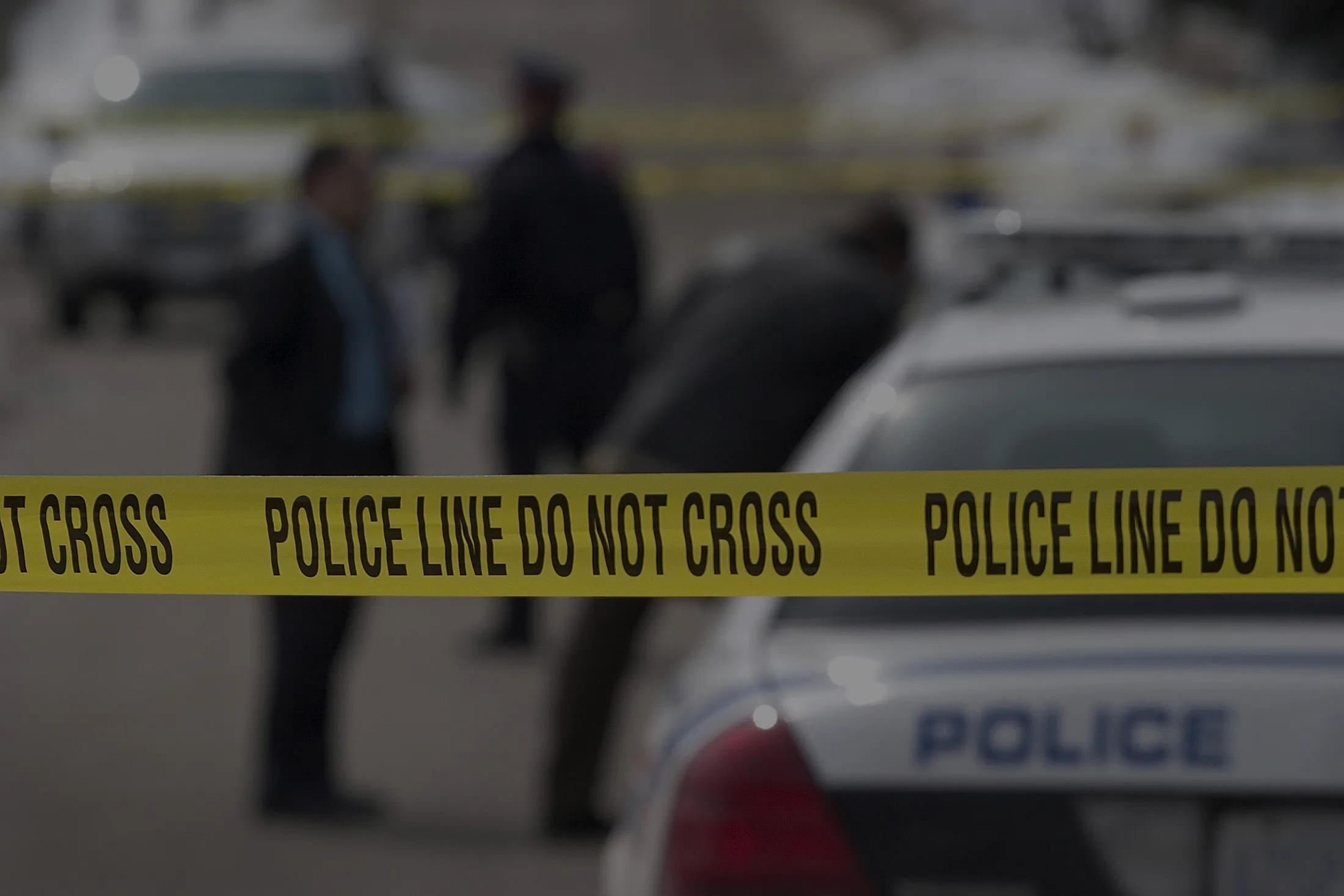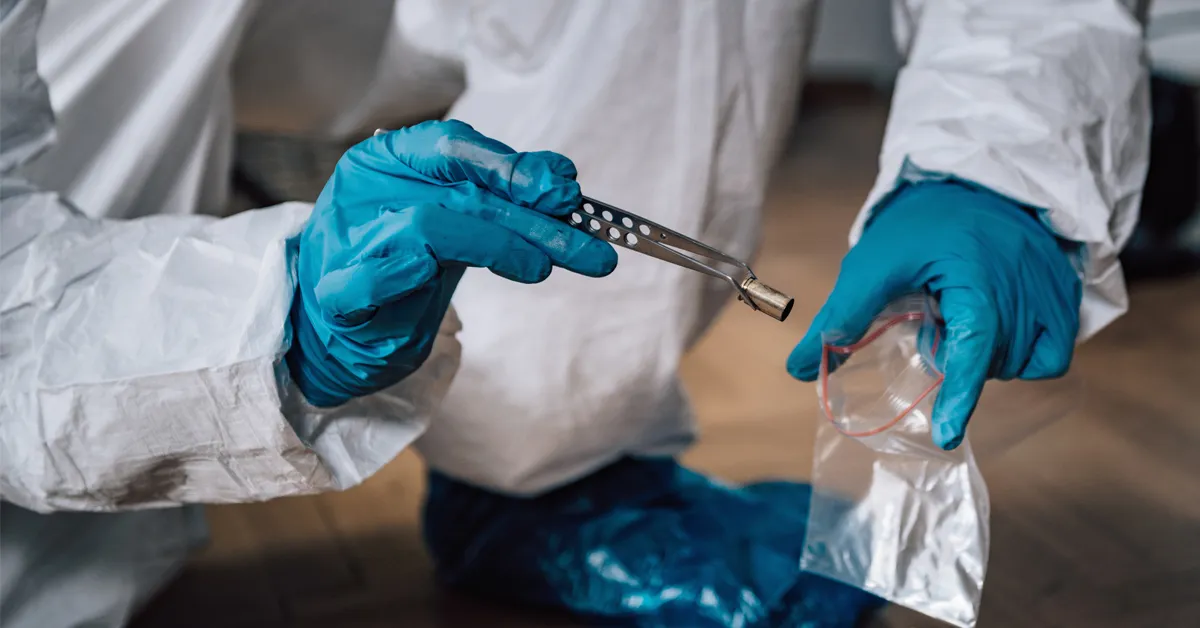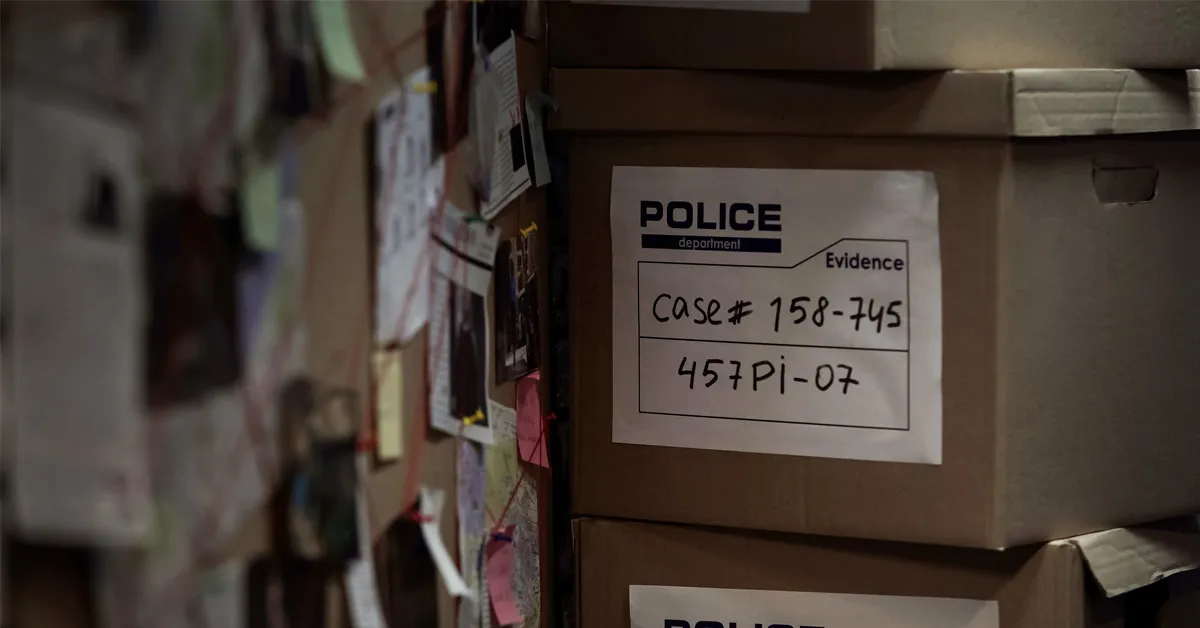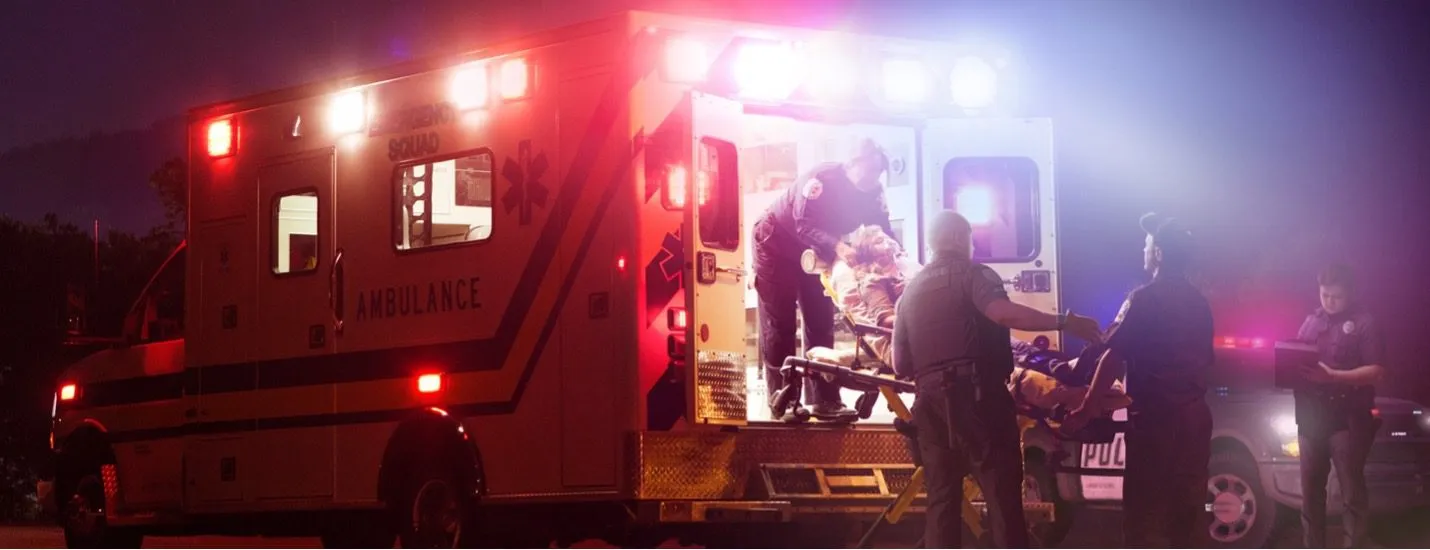It’s been over 20 years since the September 11, 2001 terrorist attacks. As many in the emergency response community know, those who worked at Ground Zero, the Fresh Kills Land Fill and the NYC Office of Chief Medical Examiner’s morgue were all needlessly exposed to a toxic cocktail of biologicals, chemicals, heavy metals, and carcinogenic materials.
I say “needlessly” because this was a direct result of the U.S. Department of Environmental Protection failing to properly collect and test the air.
In fact, the U.S. EPA Administrator, Christine Todd Whitman, infamously and falsely proclaimed that the air was safe to breathe after this “testing.” This public announcement leads to deadly exposure for emergency responders, residents, and those in the surrounding areas.
The Devastating Impact on Crime Scene Investigators
Almost 10,000 emergency responders have been diagnosed with cancer. More than 2,000 deaths have been linked to 9/11 illnesses.
Medical professionals at the World Trade Center Health Program Clinical Center of Excellence at Mount Sinai expect that the number of deaths related to exposure to toxic materials will surpass those who were murdered as a result of the attacks on 9/11.
At the time of the attacks, I was a Detective in the NYPD’s Crime Scene Unit – and, as you can imagine, my unit played a vital role at the scene. The Crime Scene Unit was there from start to finish.
And I am one of the emergency responders who has been diagnosed with various illnesses that have been attributed to my exposure to the materials from Ground Zero. But I didn’t have to be.
The NYPD Crime Scene Unit: Trained, Prepared, but Not Warned
The reason I say “I didn’t have to be” is because the NYPD’s Crime Unit was very forward-thinking with regard to our training and capabilities.
In 1999, the unit began requiring all of its members to become Hazardous Material Technicians and receive training in all areas of Weapons of Mass Destruction (WMD).
The genesis for this stemmed from our response to 1993 World Trade Center Attack, which gave us a better understanding of the hazards of various forensic chemicals and materials we use on a daily basis, and intelligence on terrorist activities.
So, at the time of the 9/11 attack, members of the NYPD’s Crime Scene Unit actually were prepared with the appropriate hazardous materials (Hazmat) personal protection equipment (PPE).
This equipment consisted of chemical protective suits and respiratory protection, which could have protected us from exposure to these toxic materials – had the proper collection, analysis and interpretation of the hazardous materials that were present been conducted and disseminated.
Educating Crime Scene Investigators
In response to my personal ordeal, I co-authored a textbook titled, “Practical Crime Scene Investigations for Hot Zones,” published by CRC Press.
Additionally, as a Senior Instructor and Lead Curriculum Developer for Louisiana State University’s (LSU) National Center for Biomedical Research and Training/Academy of Counter-Terrorism Education (NCBRT/ACE), I lead the development of a training course for our nation’s crime scene investigators, titled: Advanced Forensics for Hazardous Environments.
This course is a member of the National Domestic Preparedness Consortium (NDPC), a Department of Homeland Security and Federal Emergency Management Agency training partner that provides, free, high-quality training to emergency responders throughout the United States and its territories.
Both the textbook and the training course are designed to teach crime scene investigators (CSIs) how to safely investigate and process crime scenes contaminated by hazardous materials. It also helps CSIs identify where materials are present but not disseminated, whether they be chemical, biological, radiological, nuclear or explosive (CBRNE) agents, toxic industrial chemicals (TICs), toxic industrial materials (TIMs) or the forensic chemicals and materials we use to process our crime scenes.
Most Crime Scene Investigators Are Not Prepared
As I travel the nation providing the aforementioned course to our nation’s crime scene investigators, I am astonished by the fact that 17 years post 9/11, crime scene units, their management and their agencies still lack an understanding of the necessity to have their CSIs trained and equipped to handle crime scene investigations involving or contaminated by hazardous materials.
I am also shocked that the information found in the material safety data sheets of the forensic chemicals and materials they are required to use to process a conventional crime scene are not commonly heeded to avoid this needless exposure.
This isn’t even to mention the numerous ricin incidents and law enforcement fentanyl exposures that have compounded on CSIs since the exposures on 9/11.
So, why aren’t crime scene investigators taking the proper precautions against hazardous materials, even after all of the lessons we’ve learned since 9/11?
I have heard all manner of argument in opposition to what I am putting forth here, and they range from: these things will never happen here to it’s not our job to we can’t afford to do this, to name a few.
But, I am here to say that these reasons are not enough to sacrifice our nation’s CSIs’ health while on duty.
In 2016, I co-authored another textbook, “Crime Scene Unit Management: A Path Forward,” published by Routledge, where I wrote a chapter in response to these opposing positions. The chapter explains the need for training, the fact that many of these hazardous materials are volatile and transient evidence, how many Crime Scene Units are actually violating the Occupational Safety and Health Administration (OSHA) regulations (29 CFR 1910.120 & 29 CFR 1910.134) and that there is funding available to make this all happen.
As any CSI who has ever dusted for fingerprints without respiratory protection can tell you, these powders are inhaled, as is evidence after the CSI blows their nose post-dusting. And, if you didn’t know this, let me break it to you now: what you inhale, you also ingest.
This can be detrimental to the health of the CSI, but employers are mandated by OSHA law to protect their CSIs. With these CBRNE agents, TICs, TIMs, Fentanyl, and our own forensic chemicals and materials, we are way beyond bloodborne pathogens and may be entering environments that are immediately dangerous to life and health (IDLH).
CSIs: Handling Hazardous Materials is Part of the Job
Bottom line, handling hazardous materials is just an extension of our CSI duties, and it can be performed safely with the proper training, certifications, equipment, and regulatory compliance.
As state and local law enforcement CSIs, it is our job to collect all manner of evidence at crime scenes, including hazardous material evidence.
It’s not the responsibility of the military (federal law prohibits this) or the state and local fire departments. Various statutes and charters outline the authorities, duties, and responsibilities of all municipal agencies, and with a few exceptions, police departments, sheriff’s offices, and prosecutor’s offices are tasked to investigate crimes and collect evidence.
Some might argue that it’s the responsibility of the Federal Bureau of Investigation (FBI).
Well, under Homeland Security Presidential Directive 5, the U.S. Attorney shall delegate the FBI to investigate and collect evidence for the federal government, when there are federal crimes involving an act of Terrorism utilizing a WMD.
And yes, the FBI has trained units to deal with hazardous materials, but where are they coming from, how fast can they get to the scene, what assets and equipment are they bringing and how fast will they be capable of getting operational?
Remember, much of the possible hazardous materials that may be used in an attack is evidence that is known to be volatile and transient, so waiting could be detrimental to the investigation. Also, just because the FBI will be conducting a federal criminal investigation for violations of federal law, it doesn’t stop the state and local law enforcement authorities from conducting their own investigations for violations of state and local laws.
For example, in the 1995 Oklahoma City Bombing case and subsequent prosecutions, federal, local, and state authorities worked together to conduct the investigation.
I hope that this discussion has stimulated the thinking by CSIs, their management and their agencies and that all do their due diligence by conducting research into what I have offered here.
Please, stay safe and don’t become a victim of hazardous materials.






